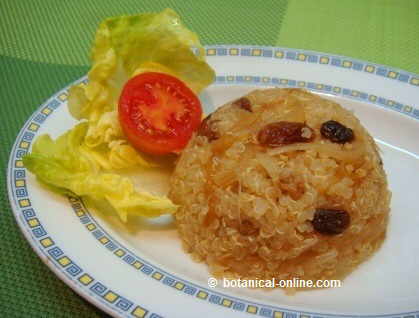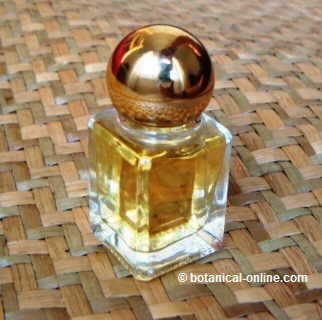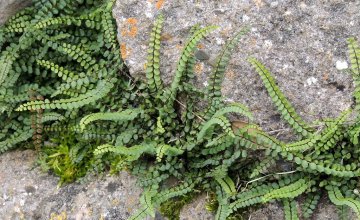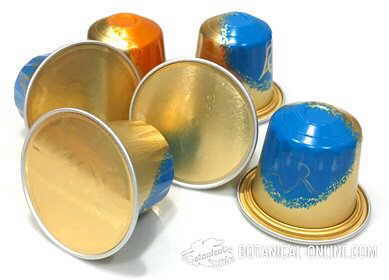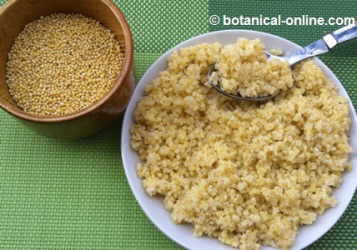Contents
WHAT IS A FEVERFEW PLANT?
Characteristics of the feverfew plant (Tanacetum parthenium)
Common name: Feverfew, featherfew
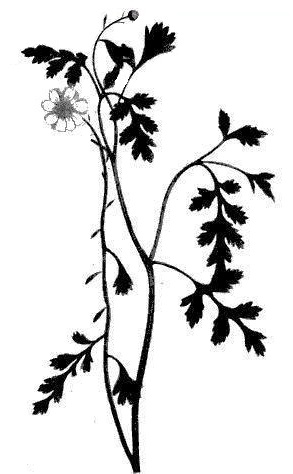
Scientific name: Tanacetum parthenium (L.) Sch. Bip.
Etymology: The Greeks named this plant parthenos, which means virgin woman, due to the use of feverfew since ancient times to regulate menstruation.
Taxonomic synonyms (not accepted): Chrysanthemum parthenium (L.) Bernh., Matricaria parthenium L., Leucanthemum parthenium, Phyrethrum parthenium
Family: Compositae plants
Origin: Plant native to the East (Iran and Iraq), naturalized in the Mediterranean region since time immemorial.
Habitat: It grows in cool places, wastelands, roadsides, forests, fields, rocks, walls or ruins.
Distribution: Mediterranean region, southwest Asia, America. Naturalized in Great Britain.
Description of feverfew
The feverfew or featherfew (Tanacetum parthenium) is a perennial or biennial plant, 40-60 cm tall, which belongs to the family of composite plants.
It has reddish and angular stems. At the top, the stem branches and forms a bouquet of flower heads, which are the flowers of the plant. Rhizomatous roots. Leaves deeply divided into 3-6 segments on each side, plus a division at the end.
It blooms in late spring and summer. It is a self-fertile or hermaphrodite plant, which is pollinated by insects, bees, flies or beetles.
The inflorescence of this plant is typical of composite plants, and is called capitulum or flower head. This type of inflorescence is composed of dozens or hundreds of tiny flowers.
The flower head rises on a long peduncle or flowering stem, devoid of leaves. This capitulum is the receptacle or involucrum where the flowers are arranged, and is made up of bracts. The flower heads of the feverfew measure 15 -22 mm. in diameter.
The flower bud, where the hermaphrodite tubular flowers are arranged, is yellow. The female ligulate flowers, located on the periphery of the disc, have white ligules, which look like petals. The entire flower is reminiscent of common daisies (Bellis perennis).
The fruit is a tiny indehiscent achene, about 1mm, which contains a seed inside.
Used parts
The leaves and flowers of the plant are used.
Composition of feverfew
- Essential oil: similar to that of chamomile. It contains feverfew camphor or levorotatory borneol.
- Sesquiterpene lactones: parthenolide, it is responsible for the medicinal properties of the plant. They can cause sensitivity and dermatitis upon contact with the fresh plant.
- Mucilage
![]() More information on feverfew and chamomile
More information on feverfew and chamomile

